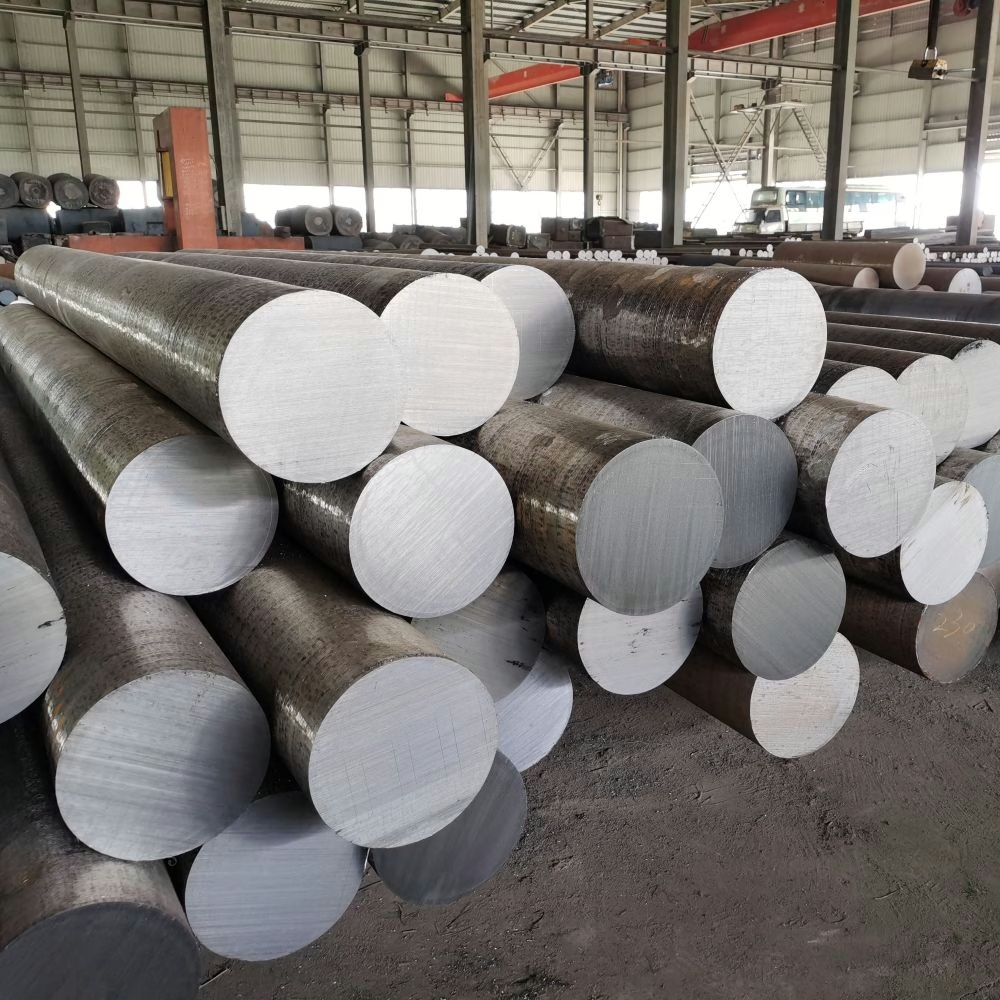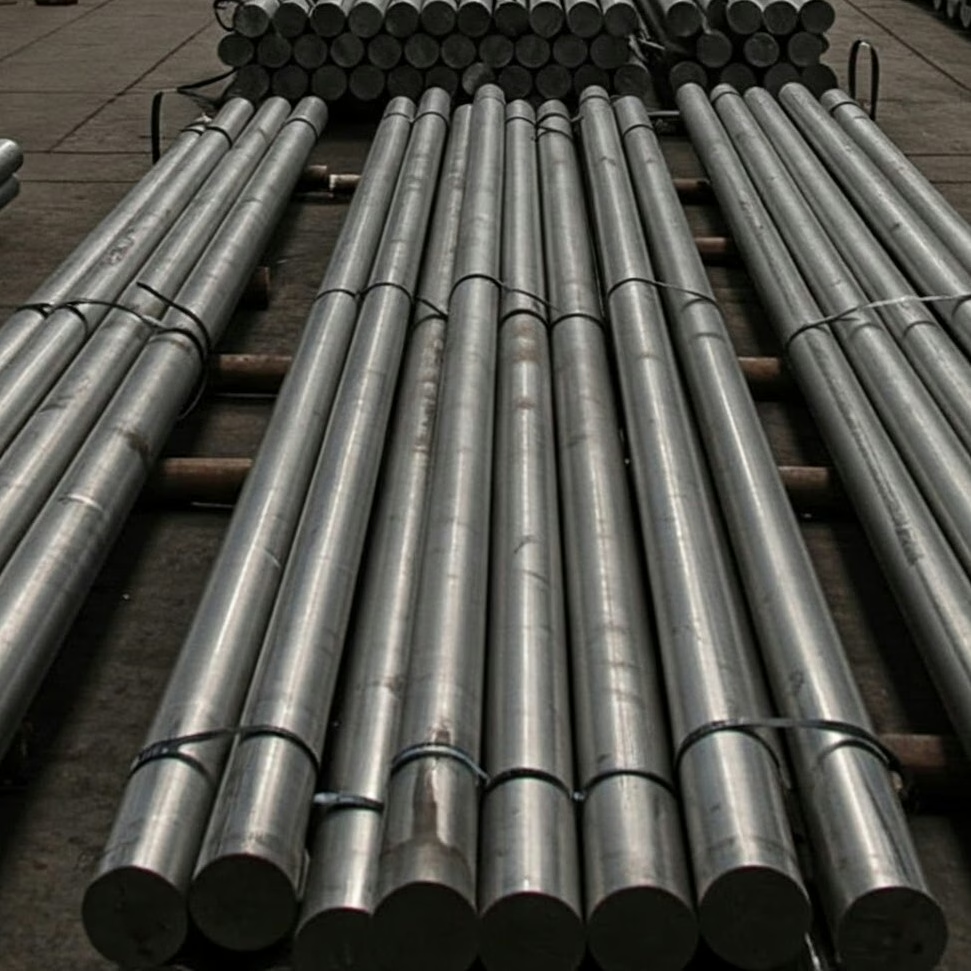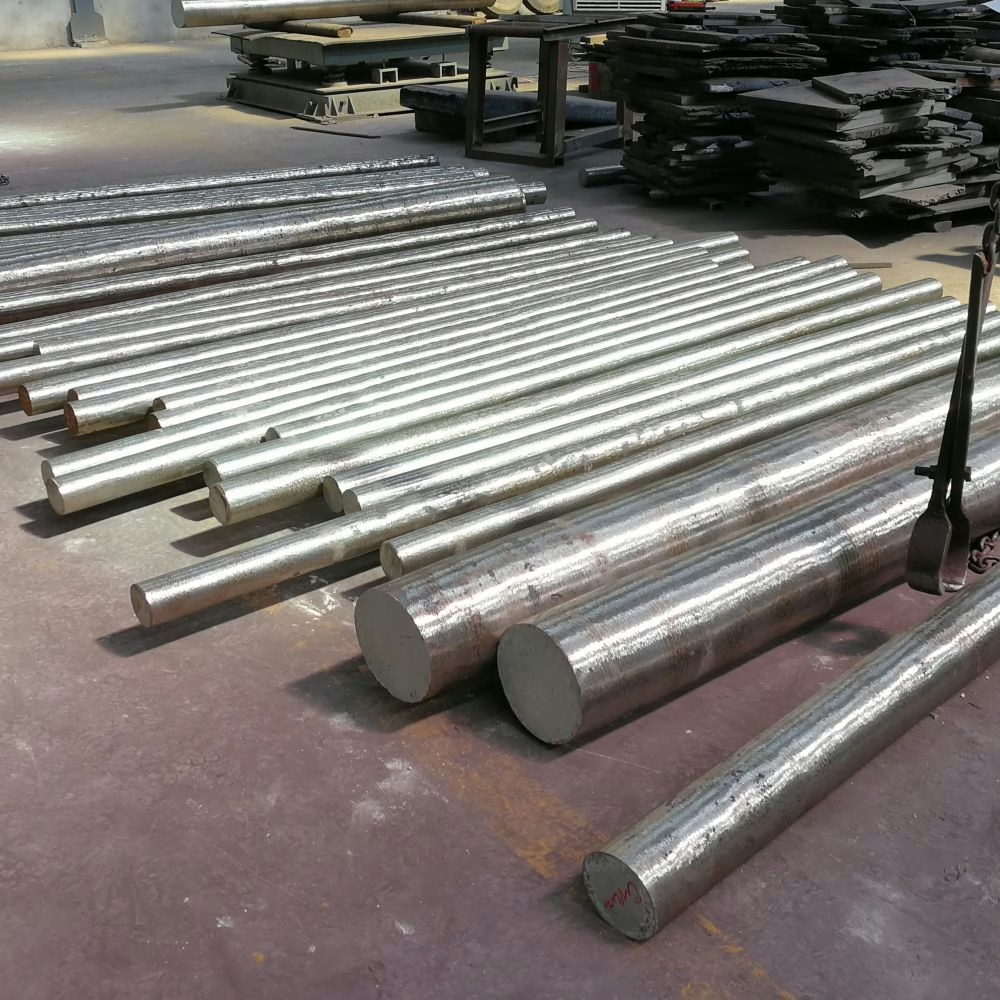Plastic mold steels
Mold Steel Series
Introduction to mold steels
What is mold steel
Mold steel is a tool steel designed for mold making, which has properties such as high hardness, wear resistance, toughness, thermal stability, corrosion resistance, machinability, and polishability. Different types (e.g. P20, P4, P6, P21 and corrosion-resistant die steels) are suitable for specific industrial applications such as plastic injection molding, die casting, etc., depending on their composition and heat treatment process. These steels, whose properties are optimized by carburizing, hardening and tempering processes to meet the demands of high-pressure, high-temperature and corrosive environments, are indispensable materials for modern mold making.
Main properties of mold steel
The properties of die steels enable them to meet the demanding requirements of mold making. The following are its key properties:
1. Hardness and wear resistance
Mold steels require high hardness to resist wear and ensure that the mold maintains its shape and dimensional stability over long periods of time. For example, after carburizing, P20 die steel has a surface hardness of 65 HRC.
2. Toughness
Mold steels must be tough enough to withstand the mechanical stresses and shocks of the molding process to avoid cracking or fracturing. This is particularly important for resistance to mechanical manipulation and thermal shock.
3. Thermal stability
In high-temperature environments (e.g., die casting processes), die steels need to maintain their properties and not soften due to elevated temperatures. For example, P20 has a low resistance to softening when tempered, similar to ordinary carbon steel.
4. Corrosion resistance
Corrosion resistance is critical for molds that come into contact with corrosive materials (e.g., PVC plastics) or are used in wet environments. Martensitic stainless mold steels with high chromium content (e.g. 13% Cr) are commonly used for such applications.
5. Machinability
Mold steel should be easily machined into the desired shape to reduce manufacturing costs. For example, P6 mold steel can be annealed to a low hardness (e.g. 180 HB) for easy machining.
6. Polishability
For molds that require a high surface finish (e.g., transparent plastic molding molds), the mold steel must have good polishability, be free of inclusions, and be chemically and structurally homogeneous. For example, P21 mold steel is commonly used in such molds because of its excellent polishability.
Types and Applications of Mold Steel
Mold steel is classified into various types according to its chemical composition and application, the following are the main types and their characteristics:
1. P20 mold steel
Characteristics: medium hardenability, usually oil quenched, heat treatment state hardness of about 300 HB, carburizing surface hardness of up to 65 HRC, but tempering resistance to softening is low.
Applications: Used for die casting and plastic molding dies of low melting point alloys.
2. P4 and P6 mold steel
P4: Containing high chromium and molybdenum, deep hardening steel, quenching deformation is small, hardness up to 95-125 HB, with excellent wear resistance and toughness.
P6: Contains about 3.5% nickel, can be annealed to 180 HB, has good hardenability, and is suitable for machining mold cavities.
Applications: P4 is used for molds that require high toughness and wear resistance, and P6 is used for molds that require machining of complex cavities.
3. P21 mold steel
Characteristics: Contains 0.80% carbon, alloyed with nickel and aluminum, carburized to a surface hardness of 65-66 HRC, surface depth of 0.035-0.043 inches, excellent polishability.
Applications: Used in plastic injection molding dies where a high surface finish is required.
4. Corrosion Resistant Mold Steels
Characteristics: Typically martensitic stainless steel with high chromium content (e.g., 13% Cr) for superior corrosion resistance to low alloy carbon steels.
Application: Used for molding corrosive plastics (e.g. PVC) molds.
5. Stamping grade die steel (Hubbing Grades)
Characteristics: low carbon die steel, low annealed hardness (e.g., less than 150 HB), easy to press (hubbing) process to form mold cavities, carburized surface hardness.
Application: Used for the manufacture of multi-cavity molds or simple shaped molds.
Performance Requirements for Mold Steels
Mold steels are designed to meet specific performance requirements for different applications:
- Hubbability: Low annealed hardness for economical stamping. For example, P1 steels are best suited for stamping but are less commonly used due to their low hardenability.
- Wear resistance: Resistance to abrasion when material flows into the die. For example, P4 steel has excellent wear resistance due to its high chromium content.
- High surface hardness prevents the die cavity from “sinking” under high pressure. For example, P5 steel has a hardness of 65 HRC after carburizing.
- Toughness: It is resistant to mechanical and thermal shocks; for example, the hardened cores of P20 and P21 provide high toughness.
- Low dimensional change during quenching maintains the mold’s dimensional accuracy. For example, P4 steel has minimal distortion when quenched in oil or air.
- Corrosion resistance: suitable for corrosive environments, e.g. stainless steel mold steels with 13% Cr.
- Low loss of hardness on tempering: maintains hardness at high temperatures, e.g. P4 steel loses hardness slowly on tempering.
Why choose Aobo Steel’s products
- Under the premise of ensuring quality, our prices are approximately 3% lower than the market price.
- Before shipment, all goods undergo 100% strict component, UT, and hardness testing.
- With over 20 years of experience in forged tool steel production, we have a deep understanding of our products.
- With over 40 processing suppliers surrounding us, we can deliver more than 2,000 tons of steel monthly.
Basic Information on Mold Steel
AISI P20 / DIN 1.2311
Chemical composition
| Carbon (C) | Manganese (Mn) | Silicon (Si) | Chromium (Cr) | Molybdenum (Mo) | Phosphorus (P) | Sulfur (S) |
| 0.28-0.40 | 0.60-1.00 | 0.20-0.80 | 1.40-2.00 | 0.30-0.55 | ≤0.03 | ≤0.03 |
Characteristics
Good machinability, uniform hardness, good toughness, good weldability, and good polishability in a single sentence.
Applications
- Plastic injection molds
- Die-casting dies
- Extrusion tools
- Blow molds
- Compression molds
- Forming tools
- Structural components in molds
- Holder blocks for molds and dies
- Zinc die-casting dies
- Backers and bolsters for molds
AISI P20+Ni / DIN 1.2738
Chemical composition
| Carbon (C) | Silicon (Si) | Manganese (Mn) | Chromium (Cr) | Molybdenum (Mo) | Nickel (Ni) | Phosphorus (P) | Sulfur (S) |
| 0.35-0.45 | 0.20-0.40 | 1.30-1.60 | 1.80-2.10 | 0.15-0.25 | 0.90-1.20 | ≤0.030 | ≤0.030 |
Characteristics
P20+Ni steel is a pre-hardened plastic mold steel characterized by high purity, excellent machinability, good polishability, and uniform hardness due to the addition of nickel, which enhances through-hardening for large molds.
Applications
- Plastic injection molds
- Die-casting dies
- Extrusion tools
- Blow molds
- Compression molds
- Forming tools
- Structural components in molds
- Holder blocks for molds and dies
- Zinc die-casting dies
- Backers and bolsters for molds
AISI P20+S / DIN 1.2312
Chemical composition
| Carbon (C) | Silicon (Si) | Manganese (Mn) | Chromium (Cr) | Molybdenum (Mo) | Sulfur (S) | Phosphorus (P) |
| 0.35-0.40 | 0.20-0.40 | 1.30-1.60 | 1.80-2.10 | 0.15-0.25 | 0.05-0.10 | ≤0.030 |
Characteristics
P20+S steel is a pre-hardened plastic mold steel characterized by good toughness, good polishability, uniform hardness, and improved machinability due to the addition of sulfur.
Applications
- Plastic injection molds
- Die-casting dies
- Extrusion tools
- Blow molds
- Compression molds
- Forming tools
- Structural components in molds
- Holder blocks for molds and dies
- Zinc die-casting dies
- Backers and bolsters for molds



